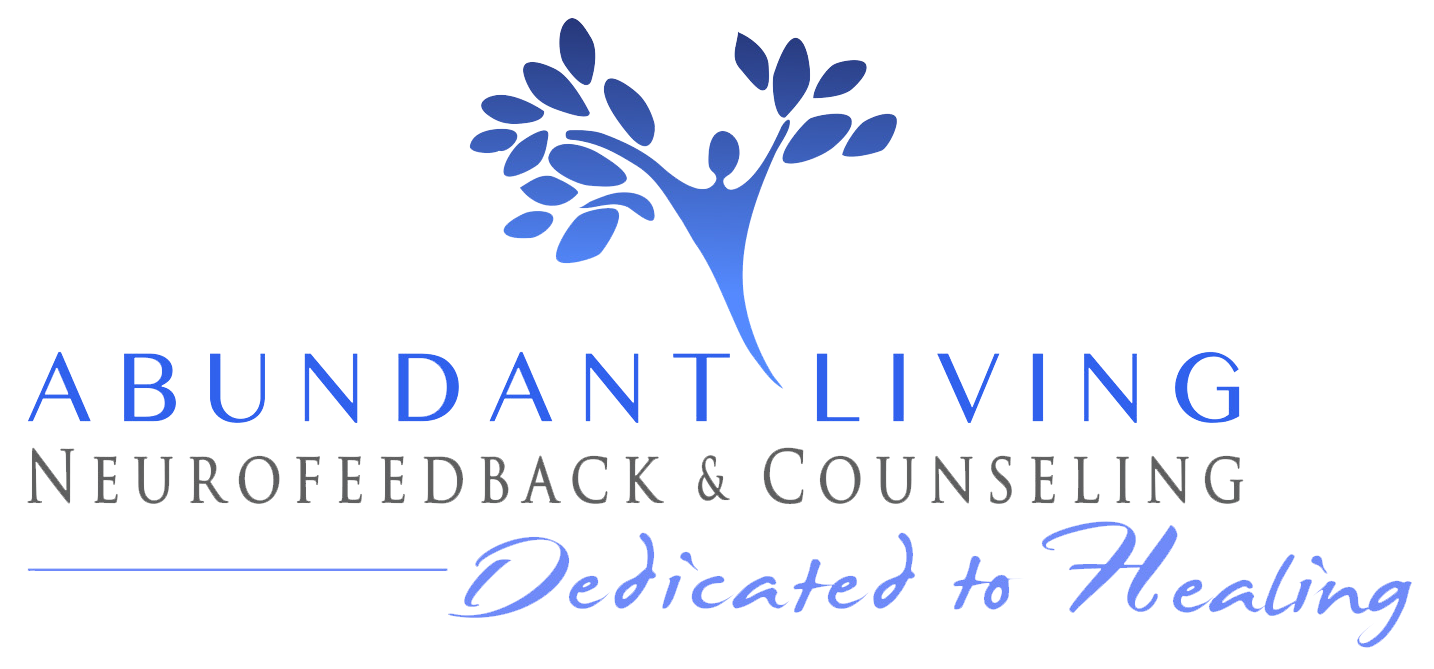
Triggered: Understanding Warning Signs of PTSD
By Anna Raab, Abundant Living Neurofeedback and Counseling
“I’m so triggered!” is a statement I started hearing my teenagers say a couple years ago, usually in a joking manner. However, PTSD is no laughing matter and affects many people who aren’t even aware that their symptoms are trauma related. In addition, many people do not know that the onset of PTSD can occur within a few months or even years after a traumatic event, which can make it very difficult for individuals to pinpoint.
As a result, patients may present with severe anxiety, depression, attention or sleep issues and not even relate these issues to the original trauma. I have had many patients present with these types of issues only to discover that they are actually part of a syndrome perpetuated by a traumatic, or series of traumatic events.
Traumatic events that lead to PTSD are typically events that instill a sense of intense fear, helplessness, or terror. Moreover, PTSD can be caused by witnessing such an event happening to another person and in some cases simply by hearing about such an event occurring. In the context of our modern world, with endless news about violence and murder, I believe this is a more widespread problem than has been previously understood.
I have treated many patients who were first hand victims, but I have also treated multiple people who developed PTSD by merely being exposed to the knowledge of trauma. Not surprisingly, none of the individuals were aware of the root cause until we began to track the onset of traumatic symptoms and frequent triggers.
So, what are the symptoms of PTSD? Many of the symptoms may be surprising and seemingly unrelated. You or a loved one may be affected and unaware. For instance, physical pain can be a symptom of PTSD. Headaches, digestive Issues, physical pain and a weakened immune system can all be warning signs. More common are issues of hyper-arousal, which include insomnia, edginess, being easily startled, panic attacks, or generally finding it impossible to relax. Having excessive emotions, angry, irritable outbursts, or being emotionally shut down are also symptomatic.
Some people may begin to avoid any semblance of places or people who consciously or subconsciously remind them of trauma. They may have generalized anxiety, depression or guilt that do not seem to connect to their actual life. Others may have overwhelming obsessive thoughts, not only of trauma happening to them but even seeing themselves become perpetrators of things they’ve seen or witnessed.
Memory problems are extremely common, not only having gaps in memory but developing general, wide-spread memory lapses. Many of these symptoms can lead to severe attention deficits that are often misdiagnosed. Sadly, some people turn to addictive behaviors to try to self-regulate and may find themselves completely out of control.
If you recognize yourself or a loved one in this article, please reach out. I have helped so many people who have become captive to a traumatized brain. You don’t have to be captive any longer.
Learn More
Depression
By Anna R. Raab, M.A., BCN
Owner and Director of Abundant Living Neurofeedback and Counseling
Depression can be very misunderstood and even difficult to diagnose. We’ve all seen the commercials of someone sitting on the side of their bed, crying, unable to start their day and in pain… but that represents a more extreme form of clinical depression. Many people, however, function with depression every day- almost 7 percent of adults in America at any given time.
They aren’t all sitting on the side of their bed crying. Many are sitting in the cubicle next you, sitting across the room at the coffee shop, sitting with their kids at the park, oftentimes looking and acting perfectly normal. It’s what’s going on in the inside that you can’t see, and sometimes they don’t even realize it themselves.
When I describe depression to my clients I commonly compare it to having a negative filter. It’s like there is a funnel and all your thoughts pass through that funnel and come out with less color, less excitement, less optimism, and in more severe cases they come out covered in darkness and hopelessness. It’s like there is a dial in your brain and the volume to pleasure is simply turned down.
So, what can this look like? Let me help you by guiding you through some food for thought on the subject. And don’t worry, if you find yourself or someone you love in these descriptions there is help.
If you think you or someone you love may be suffering from depression, here’s a check list of sorts:
1. You might notice that the things you used to get excited about just don’t seem interesting anymore. You don’t really feel like going out with friends or interacting with people the way you used to. If you do, you may feel like you have to work really hard in order to fake your way through much of the interactions in order to hide your actual lack of interest.
2. Depression may look like exhaustion. You may get plenty of sleep, even too much, but you don’t ever feel rested or energized (other physical issues might explain this also so be sure to get checked out by your doctor as well). You may also be exhausted and not be able to sleep much at all.
3. You may be overrun by pervasive thoughts of negativity. Often, these thoughts are turned on yourself. You may be feeling really self-critical and down on yourself most of the time, like nothing you do is ever good enough. You may also be turning this negativity onto the people close to you. You may assume negative intentions or motivations in others where there may actually be none at all. As a result, you may find yourself getting angry and frustrated quite easily and increasingly hard to please.
4. Depression can look like brain fog. You may be asking yourself if you’ve suddenly developed ADD. Unlike your usual self, you may be unable to finish projects, make a simple grocery list, or focus at work. The world may seem like it’s swirling around you in what appears to be a fog you can’t seem to quite cut through.
5. Finally, depression can look like exactly like the depictions in that commercial. You may not be able to get out of bed easily or at all, you may be sad and crying over things that shouldn’t be so heavy, or worst of all you may feel totally hopeless.
You may even be considering ending your pain through suicide or fantasizing about what a relief it would be to simply not exist any longer. If this is the case, you need to reach out for help immediately and consider checking yourself into a trusted institution until you know you are safe from thoughts of self-harm.
If you’ve found yourself in this article, please call me for a free consultation. Not only can I help validate your condition, I can help heal it. Please reach out. My personal number is 918-853-7793.
Learn More